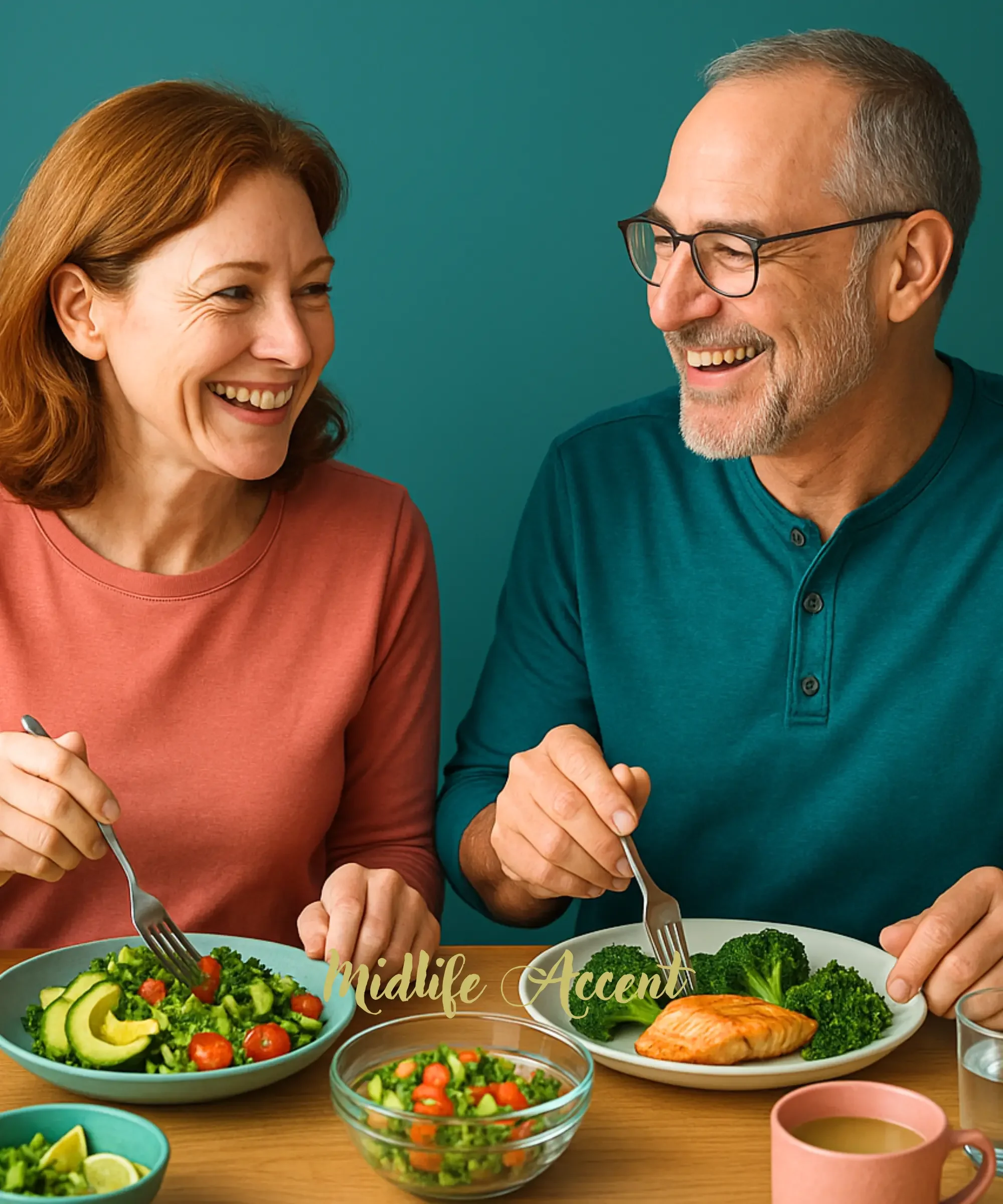How to Reverse Type 2 Diabetes Naturally: What We Do & What Works
How to Reverse Type 2 Diabetes Naturally
Type 2 diabetes can feel like a life sentence—but it doesn’t have to be. When my husband was diagnosed, we made a decision: we would try everything in our power to heal naturally, with food, lifestyle, and stress management. What started as a crisis turned into a daily experiment in hope, habit, and health. Here’s what we’ve learned so far.
🔗 This journey actually started with another wake-up call you can read about here: A Gallbladder, a Warning, and a Wake-Up Call
What We’re Doing, What’s Working, and What’s Not
Week One: The Diagnosis and the Decision
We said no to the “Medication”—but not to responsibility.
We started tracking blood sugar. Cut refined carbs. Walk after meals. Cry a little. Laugh a lot.
This is what we committed to:
No refined carbs
Intermittent Fasting. Two meals a day, one at 11:30 AM and one at 5:00 PM
No added sugar
Keto diet.
Greens to heal the liver, such as Kale
Walking 30 minutes every day, first thing in the morning and after each meal (25 minutes)
Stress-reducing practices (more on that in a sec)
*Not sponsored
The Real Enemy: Sugar, Stress, and Sleep
Sugar is obvious. Many fail to mention the cortisol-insulin connection. Even with a healthy diet, stress can cause blood sugar to increase.
We started stacking strategies from this post:
🔗 How to Lower Cortisol Naturally: 10 Ways for Midlife Women to Reduce Stress
🔗 The Cortisol-Insulin Connection: How to Manage Blood Sugar When You’re Stressed
What’s worked for us:
Deep breathing before meals
Cutting screen time at bedtime
Lemon balm tea, Green Tea (naturally Decaf), and short meditations.
New lifestyle, new diet. Check an example in this post.
Meals that Heal: What We’re Eating
We're not starving ourselves. We're not bored. Actually, food feels more sacred now.
Typical meals include:
High-protein meals with eggs (Pasture-raised), avocado, and a few walnuts
Warm, comforting bowls from my list:
We also sip on:
Homemade kefir water (watching sugar levels closely)
Naturally Decaf Green Tea with lemon, stevia, and ACV.
Cucumber (blended), lemon juice, and mint with water and stevia
Herbal teas from my accidental herbalist journey:
The Numbers: Fasting Glucose and Wins So Far
When we started a week ago, his fasting glucose was 386.
After one week of these shifts? Down to 116. No medication.
We’re not pretending We’ve found the cure. But we are getting power.
What’s Not Working (and Why That Matters)
Trying to “snack healthy” mid-morning—still spiked sugar. No snacking, ever.
Late-night meals, even low-carb led to restless sleep and high fasting levels.
Drinking water when thristy.
Stressing about everything. It does a lot of damage. Check on my post here.
We’re learning. Adjusting. Honoring the data. And each other.
Frequently Asked Questions (FAQ)
-
Yes, it's possible for some people. Our bodies respond differently, but studies suggest that with steady improvements in diet, movement, sleep, and stress management, blood sugar levels can often be brought under control—and in some cases, people have lowered or even stopped their medications. It’s important to work closely with your healthcare provider before making any major changes.
-
We’re focusing on a healthy keto and low-carb diet. Walking after meals, prioritizing sleep, and managing stress through herbs, magnesium, and mindfulness. You can read about our detailed plan in the post above.
-
There’s no one-size-fits-all approach. It's essential to talk with your doctor before making any major shifts in your routine.
-
We felt empowered to try natural methods first—but we don’t judge medication. Everyone’s journey is different. This is just ours, and we’re watching the data (and his glucose monitor) closely.
-
We keep it simple and flavorful:
First meal: Protein, 3 cups of leafy greens in a salad with homemade dressing, and some cheese.
Last meal: protein. Three cups of organic salad. Zero-sugar, home made dessert
Drinks: Cucumber-mint water, herbal teas, homemade kefir (with caution) L-reuteri yogurt
-
Yes—from veggies, not refined carbs. Mostly from non-starchy vegetables, berries, or a sprinkle of seeds. We’re focused on blood sugar stability, not carb-counting perfection.
-
Breaking habits. Saying no to emotional eating. Figuring out what’s really “healthy” and what just has a good label. But once we saw those glucose numbers drop, we were hooked on the progress. One of the videos that really helped us understand insulin resistance was this one by Dr. Berg.
-
Start small. Start today. Pick one meal to change. Add one walk a day. Consider tracking your blood sugar and energy levels. And if you need support, come visit again, I share everything we're learning.
This journey hasn’t been guesswork—we’ve been deeply inspired by the teachings of Dr. Eric Berg on YouTube . His practical advice on fasting and food choices gave us the courage to believe healing was possible.
Final Thoughts: It’s Not Just Blood Sugar—It’s a Lifestyle Rebirth
We’re not just fighting a condition. We’re rewriting how we live with food and managing stress. This isn’t a one-week fix. It’s a lifelong shift.
And we’re here for it.
Because healing doesn’t always come in a pill. More often, it shows up in a walk after dinner, in a plate alive with color, or in a quiet moment of stillness—the simple things that give the body a chance to remember what wellness feels like.


